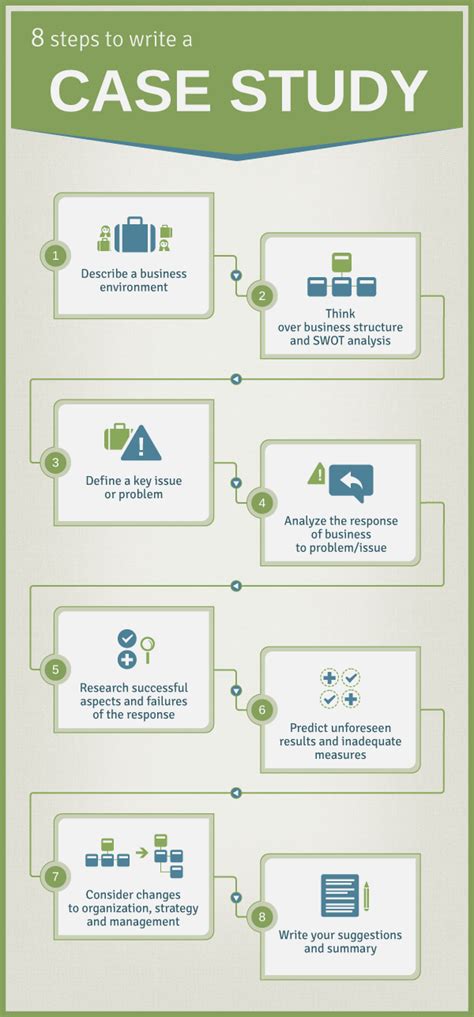Mls Citation Style: Simplify Your Research Papers
The Modern Language Association (MLA) citation style is a widely used formatting guide in research papers, particularly in the humanities. It provides a set of rules and guidelines for citing sources, formatting papers, and creating bibliographies. The MLA style is designed to simplify the research paper writing process, making it easier for writers to focus on the content of their work rather than the technical details of formatting.
Introduction to MLA Citation Style
The MLA citation style is the standard formatting guide for many academic disciplines, including literature, language, and cultural studies. It was first introduced in 1951 and has undergone several revisions since then. The current edition, the 8th edition, was published in 2016 and includes updated guidelines for citing digital sources, social media, and other non-print materials. The MLA style is known for its simplicity and flexibility, making it a popular choice among researchers and writers.
Key Features of MLA Citation Style
The MLA citation style has several key features that distinguish it from other formatting guides. These include:
- In-text citations: MLA uses in-text citations to credit sources, which include the author’s last name and page number(s) in parentheses.
- Works Cited page: The Works Cited page is a list of all sources cited in the paper, formatted according to MLA guidelines.
- Header and footer: MLA papers include a header with the writer’s last name and page number in the upper right corner of each page.
- Font and spacing: MLA papers are typically written in 12-point Times New Roman font, double-spaced, with one-inch margins on all sides.
| MLA Citation Element | Example |
|---|---|
| In-text citation | (Smith 24) |
| Works Cited entry | Smith, John. The Research Paper. New York: MLA Press, 2020. Print. |
| Header and footer | Smith 1 |
Citing Sources in MLA Style
Citing sources is an essential part of research paper writing, and the MLA style provides clear guidelines for doing so. In-text citations are used to credit sources, and the Works Cited page provides a comprehensive list of all sources cited in the paper. The MLA style also includes guidelines for citing digital sources, such as websites, social media, and online articles.
Citing Digital Sources in MLA Style
Citing digital sources can be challenging, but the MLA style provides clear guidelines for doing so. When citing digital sources, writers should include the following elements:
- Author’s name (if available)
- Title of the source (in title case)
- Title of the container (if applicable)
- Publisher (if applicable)
- Publication date (if available)
- URL or DOI (if applicable)
For example, a Works Cited entry for a website might look like this:
Smith, John. "The Importance of Citation." The MLA Style Center, The Modern Language Association, 2020, https://style.mla.org/.
Best Practices for Using MLA Citation Style
Using the MLA citation style can seem daunting, but with some best practices, writers can ensure that their research papers are properly formatted and cited. Here are some tips for using the MLA citation style:
- Always consult the MLA Handbook or the MLA Style Center for guidance on citing sources.
- Use in-text citations to credit sources, and include a Works Cited page at the end of the paper.
- Double-check citations for accuracy and consistency.
- Use a citation management tool, such as MLA Citation Generator or EasyBib, to help format citations and create a Works Cited page.
Common Mistakes to Avoid in MLA Citation Style
While the MLA citation style is designed to be simple and flexible, there are some common mistakes that writers should avoid. These include:
- Failure to include in-text citations or a Works Cited page.
- Inconsistent formatting of citations and Works Cited entries.
- Failure to include all required elements in citations and Works Cited entries.
- Using outdated or incorrect citation guidelines.
What is the MLA citation style, and why is it used?
+The MLA citation style is a formatting guide used in research papers, particularly in the humanities. It is used to credit sources, format papers, and create bibliographies.
How do I cite a source in MLA style?
+To cite a source in MLA style, you will need to include the author’s last name and page number(s) in parentheses, as well as a Works Cited entry with all required elements.
What are some common mistakes to avoid in MLA citation style?
+Common mistakes to avoid in MLA citation style include failure to include in-text citations or a Works Cited page, inconsistent formatting, and failure to include all required elements in citations and Works Cited entries.


